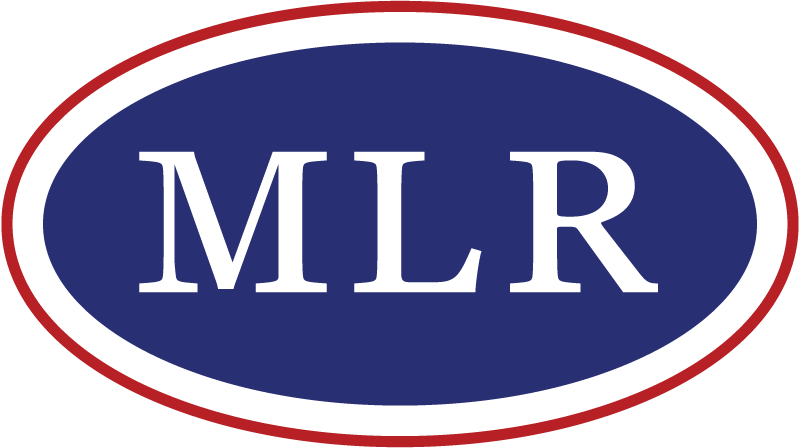Banksy, the anonymous graffiti artist from Bristol, has run into some serious difficulties while trying to protect his intellectual property. An ongoing legal battle, with greetings card company Full Colour Black, has culminated in Banksy losing a fourth trade mark.
Banksy’s true identity is unknown, and is unlikely to ever be revealed, because thanks to his prolific street art career, it is estimated that if he was ever identified by the authorities, he could be prosecuted for hundreds of thousands of pounds worth of vandalism in Bristol alone.
While being shrouded in mystery has contributed significantly to the excitement around his work, and the appeal of the Banksy brand, it has also proved to be a hindrance when it comes to protecting his intellectual property, and preventing third parties such as card companies from reproducing, and profiting from his designs.
Copyright is an automatically arising right which protects works of artistic expression, such as in Banksy’s case, paintings and murals. Under copyright laws, such works are protected from being copied for the lifetime of the creator, plus an additional 70 years after his/her death. Banksy however, cannot rely on this protection, because while he maintains the secrecy around his name, the copyright laws would be difficult to enforce in practice, without knowing who Banksy really is.
In recent years, therefore, Banksy has explored an alternative avenue of protecting his most famous works, by registering them as trade marks, in the name of Pest Control Office Limited, the registered company that handles commercial matters on his behalf. The purpose of a trade mark is to allow consumers to identify the supplier of goods or services, and to distinguish these goods or services from those of other companies.
In the recent dispute with Full Colour Black however, Full Colour Black has argued that Banksy had filed the trade mark applications in bad faith, because his intention was solely to prevent reproduction of the designs, and he had no intention to use the designs in question to sell goods and services. The European Intellectual Property Office has upheld Full Colour Black’s claim, and has declared that four of Banksy’s trade marks, including the very popular ‘Bomb Hugger’ design, are invalid and must be withdrawn from the trade mark register. This means that Full Colour Black, and any other third parties, are free to continue reproducing the designs on their products.
In light of this loss of control of some of the most distinctive pieces in his oeuvre, and the green light for third parties to profit from his efforts, many are wondering whether Banksy still stands by the statement “copyright is for losers” which he made in his 2005 book, Wall and Piece.
So whether you are an anti-establishment graffiti artist, or a business owner keen to protect your brand, this case highlights the importance of ensuring that your intellectual property portfolio is protected to the highest possible degree.
Please contact Rhys ap Gwent at Morgan LaRoche to discuss how best to protect your intellectual property.








